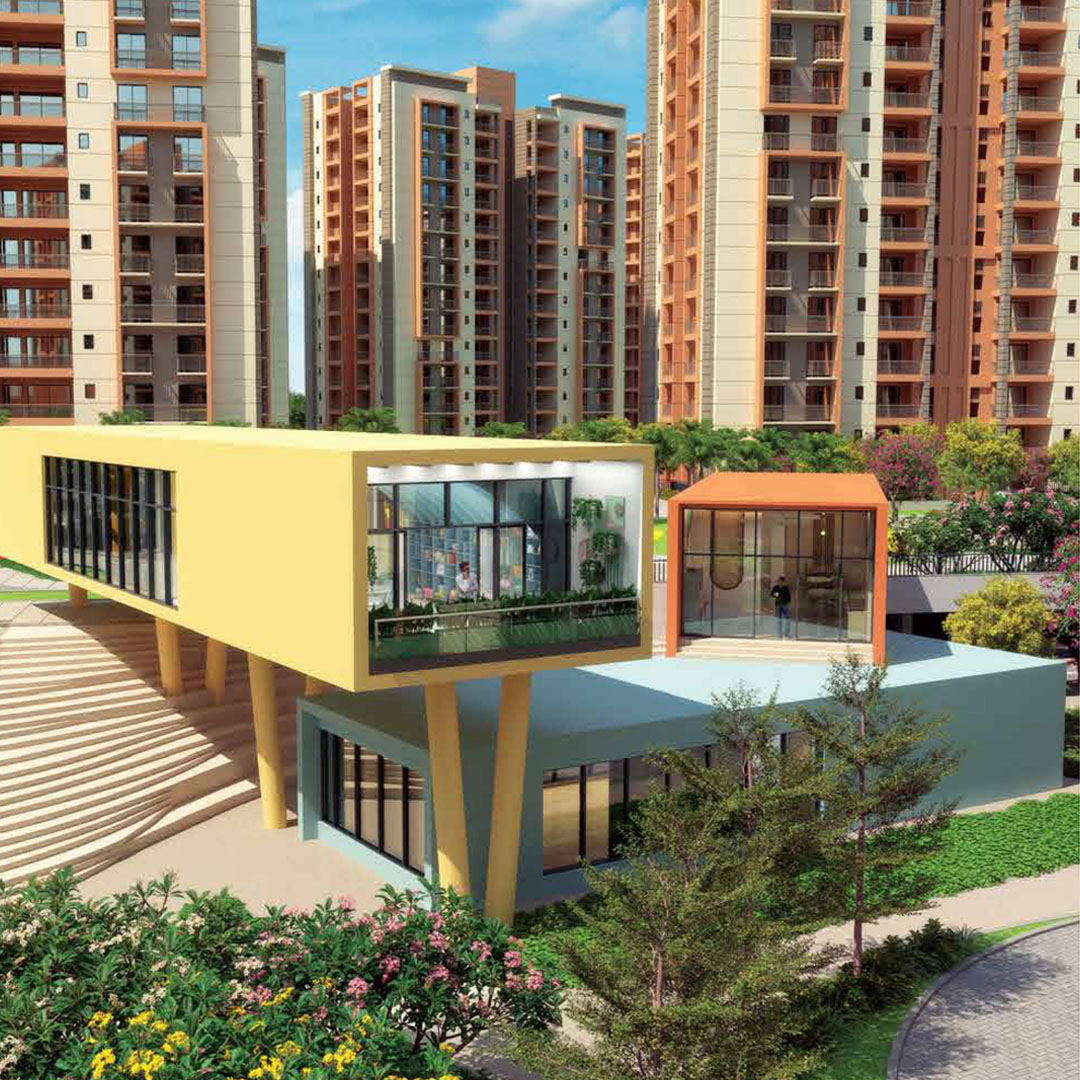
Affordable Housing stands as a “beacon of hope” for individuals and families across diverse economic backgrounds. It represents more than just an opportunity to own a home—it signifies access to stability, security, and the realization of the quintessential American dream. In this blog post, we delve into the significance of affordable housing, its impact on communities, and the initiatives driving its proliferation.
Defining Affordable Housing
It refers to residential units that are accessible to individuals and families whose income falls within a certain range, ensuring that housing costs do not exceed a specified percentage of their income. The definition varies based on regional factors such as median income levels and cost of living. In essence, it aims to provide decent and safe housing options for all, irrespective of socio-economic status.
The Importance of Affordable Housing
Social Equality: Affordable housing fosters social inclusion by offering a level playing field for individuals from diverse backgrounds. It reduces disparities in access to housing and promotes community integration.
Economic Stability: Access to affordable housing contributes to economic stability by providing families with the opportunity to invest in their future rather than being burdened by exorbitant housing costs. It frees up disposable income for other essential needs, thereby stimulating local economies.
Health and Well-being: Stable housing is fundamental to physical and mental well-being. It ensures that individuals and families have a safe and secure place to call home, thereby promoting better health outcomes and overall quality of life.
Education and Employment: Affordable housing in proximity to educational institutions and employment centers enhances access to opportunities for education and employment. It reduces commute times and enables individuals to pursue their goals without the burden of housing insecurity.
Initiatives Driving Affordable Housing
Government Subsidies and Programs: Governments at various levels offer subsidies and incentives to developers and individuals to promote the construction and preservation of affordable housing units. These programs include Low-Income Housing Tax Credits (LIHTC), Section 8 Housing Choice Vouchers, and grants for affordable housing development.
Public-Private Partnerships (PPP): Collaborations between government agencies, non-profit organizations, and private developers have emerged as effective models for financing and delivering these type of projects. These partnerships leverage the strengths of each sector to address housing needs comprehensively.
Innovative Design and Construction Methods: Innovations in design and construction methods have led to the development of cost-effective housing solutions without compromising quality. Prefabricated and modular construction techniques, coupled with sustainable practices, have contributed to the affordability and sustainability of housing projects.
Community Land Trusts: Community land trusts (CLTs) are non-profit organizations that acquire and hold land for the benefit of the community. By separating land ownership from housing ownership, CLTs ensure long-term affordability and resident control over housing units.
The Future of Affordable Housing
As we look ahead, the demand for affordable housing continues to grow, driven by factors such as urbanization, population growth, and income inequality. Addressing this demand requires a multi-faceted approach that combines policy interventions, innovative financing mechanisms, and community engagement. Additionally, embracing emerging trends such as mixed-income developments, transit-oriented development, and sustainable housing practices will shape the future landscape of affordable housing.
Conclusion
Affordable housing remains a cornerstone of inclusive and sustainable communities. It embodies the collective aspiration for a society where everyone has the opportunity to thrive, regardless of their economic circumstances. By investing in affordable housing initiatives and fostering collaboration across sectors, we can pave the way for a brighter and more equitable future for all.

